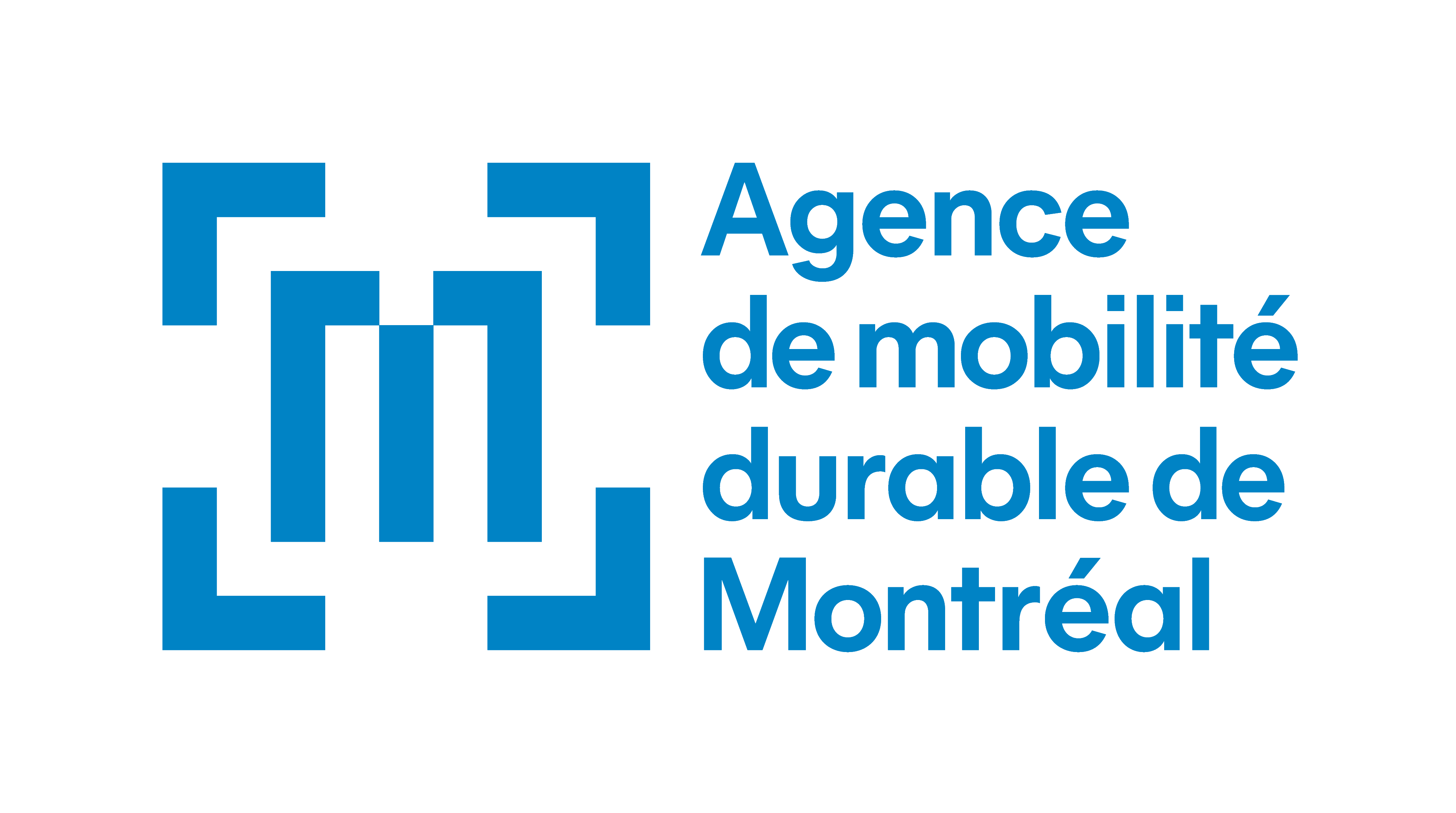How can we measure the social impact of our projects?
Making a social impact in business is on everyone’s mind nowadays, but how can we be sure the practices we adopt actually achieve our target objectives?
To determine the success of a project, we need to measure the results. Although more and more entrepreneurs and large organizations are becoming more interested in making a social impact, the question of a project’s effectiveness – and how to measure it – is still sometimes vague. Jean-Michel Couture, corporate responsibility consultant and associate with Agéco, explains the workings of one such measure, SROI (Social Return On Investment).

Jean-Michel Couture, Agéco
How do we measure social value?
Most social performance methodologies, such as the social dimension of the GRI (Global Report Initiative), are interested in what takes place upstream in the causal chain: they work on the assumption that if a company adopts good practices, these practices will have a positive impact on individuals. However, with these methods, it is not possible to measure the effect, for example, of good working conditions on an individual’s well-being. The interest in evaluating social value actually lies in looking at what happens downstream in the causal chain to measure the social impact.
Several methodologies exist, SROI being one of them. It is still complicated to evaluate, however, without clear definitions. For example, there is no firm consensus on what well-being means. This is further complicated by a lack of databases.
What makes the SROI methodology interesting?
It adapts to all types of organizations; it also applies very well on a small scale, particularly in the area of social economy. SROI is a standardized approach that offers a consistent evaluation. It has the advantage of proposing seven basic principles:
1. Involve stakeholders: these are the people who feel the impacts and understand why the activities of an organization matter. Let’s take the example of an organization that delivers meals to people with disabilities. The stakeholders are the people who deliver the meals, the people who eat the meals (the beneficiaries), and the owner of the facility where the beneficiaries live.
2. Understand what changes: measure the change on the stakeholders before and after the implementation of an activity.
3. Value the things that matter: use financial data to assign a value to the changes that occur as a result of an activity. This makes it possible to monetize services that don’t necessarily have a market value. To do this, you have to assess the costs and outcomes related to an activity to obtain the total costs/benefits measured ratio. In our example, we would calculate all the tangible costs (cost of the food, etc.) and intangible costs (the volunteers’ time and transportation, etc.) associated with the activity. We would then identify and measure the outcomes of the activity by establishing indicators. These may include things like the reduced social isolation of the beneficiaries or the volunteers’ feeling of being valuable. Then, we assign a monetary value to these results. One way to do this, for example, is to make the link between depression and social isolation. A monetary value may be determined for the cost of medical services avoided by reducing the symptoms of depression due to social isolation. The impact will then be calculated by multiplying the measured outcome by the financial figures. This result will be adjusted to correct for certain factors (e.g., part of the impact may be attributable to another third-party activity), to obtain a more realistic result. And finally, to obtain a ratio, the monetary value of the outcomes is compared with the cost of the activity. For example, $1 invested in the program may generate $5 in social results.
4. Only include what is material: this means significant changes exclusively. In our example, the facility owner’s role in distributing the meals is negligible, so this stakeholder is excluded from the analysis.
5. Do not over-claim: the evaluation must be realistic and pragmatic.
6. Be transparent: as the evaluation involves expert judgment, the person who receives the results must be able to understand why certain decisions were made.
7. Verify the result: this must be done by an independent, accredited peer.
What advice would you give to organizations wanting to measure their social impact?
It is absolutely key to understand the need: why do you want this information and what will it be used for? It’s important to remember that social impact is still poorly defined compared to environmental impact. Clearly understanding the need will help understand the results better. The temptation with SROI is to focus on the financial ratio, which is easier to communicate. However, it’s important to understand the nature and importance of the impact so as not to ignore the wealth of information provided by the evaluation. It’s important to understand the story behind the financial ratio: what is the activity in question, what are the investments, how has the activity changed people’s lives.
* Picture: Scott Webb
Infolettre
Envoyée tous les jeudis.
Inscrivez-vous.
Suivez l’actualité de l’économie positive et engagée.
Emplois
Trouvez l'emploi idéal.
Événements
Nos prochaines activités.


